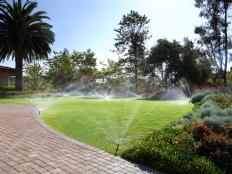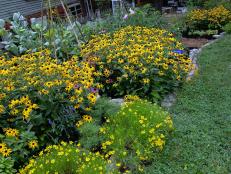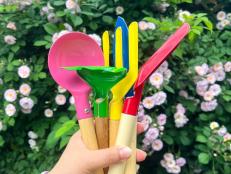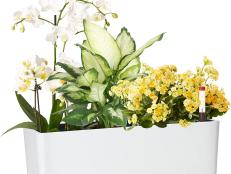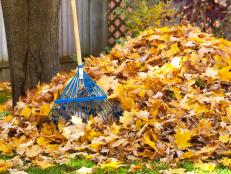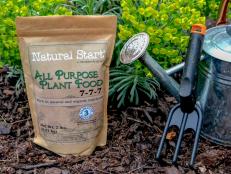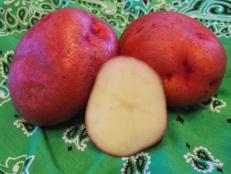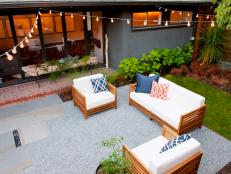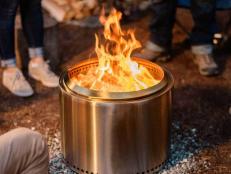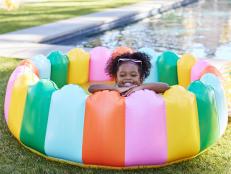Gardening Q & A: Seedless Watermelons and More
Master gardener Paul James answers questions about various potting media, the difference between evergreens and conifers, and what's up with seedless watermelons.
Q: What's the difference between vermiculite and perlite?
A: Both vermiculite and perlite are sterile products used as root-cutting media and as components of various potting mixes, but there's one distinct difference between them.

Vermiculite is a mineral--mica, to be exact. When heated, it puffs up, and in this state it absorbs and holds water. However, due to its tendency to compact, it shouldn't make up more than 25 percent of a potting mix.
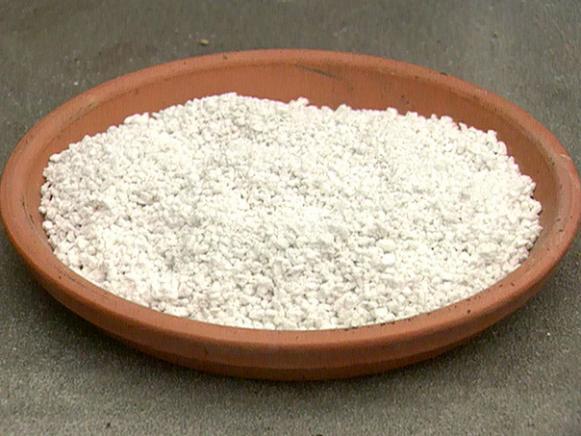
Perlite is a white volcanic substance that is a derivative of silica. It too is heated so that it puffs up. Yet, perlite does not absorb water, making this the main difference between it and vermiculite.
James uses vermiculite primarily in potting mixes (because of its water-holding capacity) and perlite for rooting cuttings. However, because perlite is sterile, the cuttings must be replanted in a potting mix that contains nutrients. Do this once roots begin to form.
You can use both perlite and vermiculite interchangeably. Because perlite and vermiculite are roughly one-tenth the weight of sand, they are ideal additions to potting mixes for folks who garden on terraces or rooftops where weight is an important consideration.
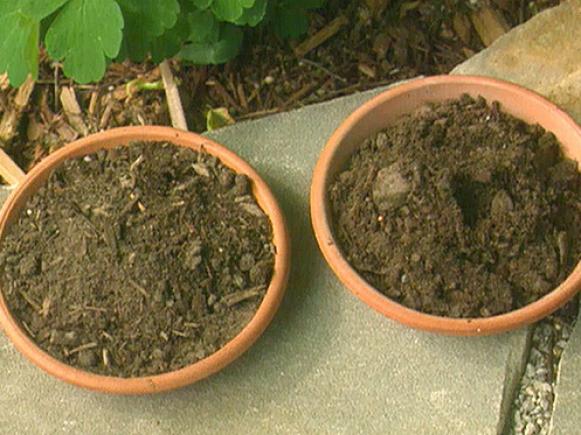
Q: What's the difference between potting soil and potting mix?
A: At first glance, both potting soils and potting mixes look pretty much alike. But in fact, the difference can be considerable--potting soils contain soil, but potting mixes don't.
Soil isn't always a good thing. It can contain pathogens of one form or another that may be harmful to plants, and it has a tendency to compact.
Soilless potting mixes, on the other hand, are usually sterile, so pathogens aren't a problem, and they're typically so light that compaction isn't a problem either. They often contain a mixture of peat moss, leaf mold, pine bark, sand and other organic materials, and they may or may not contain some form of starter fertilizer.
However since soilless potting mixes have no nutrients or biological activity, you'll need to make sure you fertilize newly planted plants.
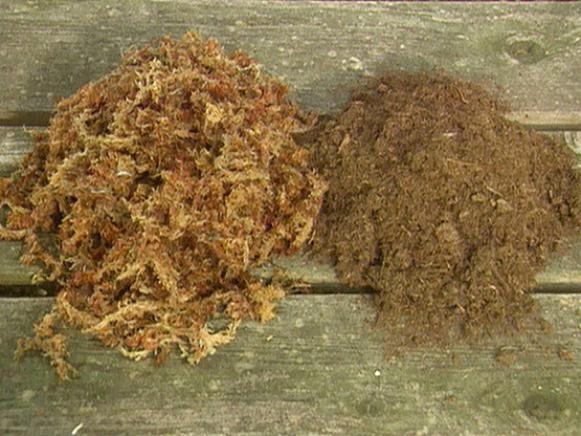
Q: What's the difference between peat, peat moss and sphagnum moss?
A: Peat is a catch-all term used to describe the decomposed remains of plants derived from bogs. Peat moss refers to a specific group of bog plants, namely those in the genus Sphagnum.
Technically speaking, peat moss and sphagnum peat moss are the same thing, yet slightly different. The key difference is that there's the shredded form (peat moss), which is used primarily as a soil amendment or mulch, and the milled form (sphagnum peat moss) that's often used for decorative purposes.
However, the terms peat moss and sphagnum peat moss have never been standardized. And to make matters worse, the so-called Canadian peat moss may actually come from Germany or Ireland, and so-called Michigan peat moss may come from New York or Wisconsin and not contain any Sphagnum plants at all.

For what it's worth, you can use coconut fiber instead of peat, peat moss or sphagnum peat moss. It works as well or better, and it's more environmentally friendly.
Q: What's the difference between conifers and evergreens?
A: Not all conifers are evergreen, and not all evergreens are conifers. Yet very often the two terms are used as if they were one in the same.
An evergreen is a plant that retains its leaves throughout the year, even though the leaves may not be green. The opposite of evergreen is deciduous, which refers to plants that lose their leaves during the winter months.
There's also a category know as semi-evergreen, which basically refers to plants that, depending on weather conditions, may or may not hold their leaves throughout the winter.
Conifers are plants that produce cones, and they may be evergreen or deciduous. Familiar coniferous evergreens include pines and spruces. Deciduous conifers include ginkgos and bald cypresses.
Q: What's the difference between seedless watermelons and watermelons with seeds?
A: Well, one has seeds and the other doesn't. That's a terrific question, although the answer is a tad technical.
Basically, when you cross a male diploid watermelon, meaning one that has 22 chromosomes, with a female tetraploid, meaning one that's been treated to double its chromosome count to 44, the resulting offspring will be a triploid with 33 chromosomes.
The triploid seeds are available for home gardeners. Because the plants don't produce pollen, seeds of a seeded variety are included in the packet. You'll be able to tell the difference between the seeds at a glance, so plan on planting at least one seeded variety for every seedless variety to ensure good pollination. After all, that's how the fruit is formed in the first place.
When sowing, plant the seeds with the pointed end down. Otherwise the seed coats may stick to the emerging seedlings.
Seedless watermelons were first developed in 1939. Some of the seedless watermelons are a bit sweeter than their seedy relatives, but that's not always the case. So on balance, James prefers watermelons with seeds.

.-Battle-on-the-Beach-courtesy-of-HGTV.-.jpg.rend.hgtvcom.196.196.suffix/1714761529029.jpeg)




